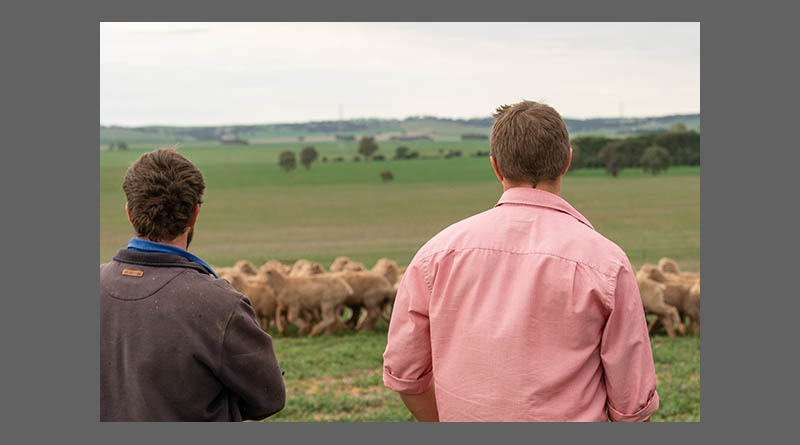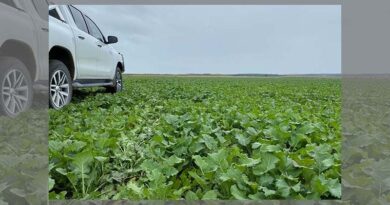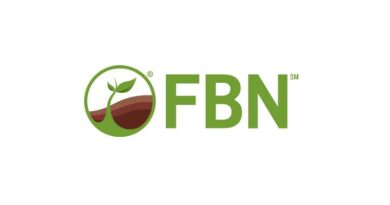Battling summer toxins: steps to safeguard your livestock’s health
Did you know, many available pastures and stubbles consumed by cattle, sheep and goats over summer could potentially contain toxins that can cause significant animal health concerns. In small amounts, some of these toxins can be tolerated well by livestock. However, if grazed to excess or under particular conditions such as plant stress, poisonings can occur.
24 January 2024, AU: Feeding livestock throughout summer can be a challenge without the right preparation. Whether it is allocating remaining available pasture and stubbles, or assigning supplementary feed reserves, ensuring that animal health remains at the forefront is essential.
As the season unfolds and the landscape transforms with the touch of late spring and summer rains, livestock producers must remain alert, especially when it comes to the potential threat of toxic weeds. The recent precipitation across southern and eastern Australia has not only breathed life into our pastures but has also brought forth the emergence of ‘new’ weeds, sometimes not typical of a local district. This is a crucial consideration for producers, particularly those who have introduced feed sources from further afield. Early identification of these plants is crucial to understanding their toxicity and implementing effective control measures.
- Sources – toxins may originate from the plants directly or result from the presence of bacteria or fungi. The emergence of toxic weeds and plants can occur suddenly following summer rain, exist in the paddock, such as stubbles or mature pasture, or be present in stored feed such as hays, grain, and silage.
- Early identification – the ‘green pick’ in a paddock over the warmer months might not always be safe. Be vigilant for plants harmful to livestock, and carefully observe your animals for any indications of toxicity. Early intervention offers the best opportunity to address the issue promptly.
- Signs – clinical signs can vary between both sheep and cattle, as well as with the type of toxin consumed. Animals that have consumed toxins from feeds may exhibit various signs, making it crucial to be aware of what to observe. Convulsions, ill thrift, jaundice, leg paddling, staggering, photosensitisation, nervous or neurological signs and sudden death are all possible.
- Management – whenever feasible, refrain from allowing livestock to graze on or consume toxic feed sources. Management strategies differ based on the origin of the toxin, and may involve various weed control methods, as well as personalized nutritional and supplement programs that align with the specific needs of your operation.
Remaining vigilant against summer toxins impacting your livestock can play a decisive role in ensuring not only optimal productivity during the warmer months but also preventing potential lifelong health repercussions. Implementing an effective management system can significantly reduce the impact of toxic summer feeds, potentially preventing any permanent damage.
The diversity of regions and farming operations introduces a variable landscape of toxic weeds and feed types throughout the seasons.
Elders Livestock Production Advisors are equipped with specialised training to craft nutrition and animal health plans tailored to the distinctive requirements of your operation. These plans are not rigid but designed to be flexible to fit with the developing season, ensuring adaptability to the unique challenges faced by every business. Take a proactive step in safeguarding your summer feeding program for your operation – reach out for a consultation now.
Also Read: DLF to close the R&D site in Landskrona, Sweden
(For Latest Agriculture News & Updates, follow Krishak Jagat on Google News)















